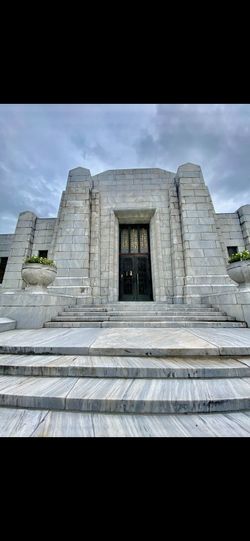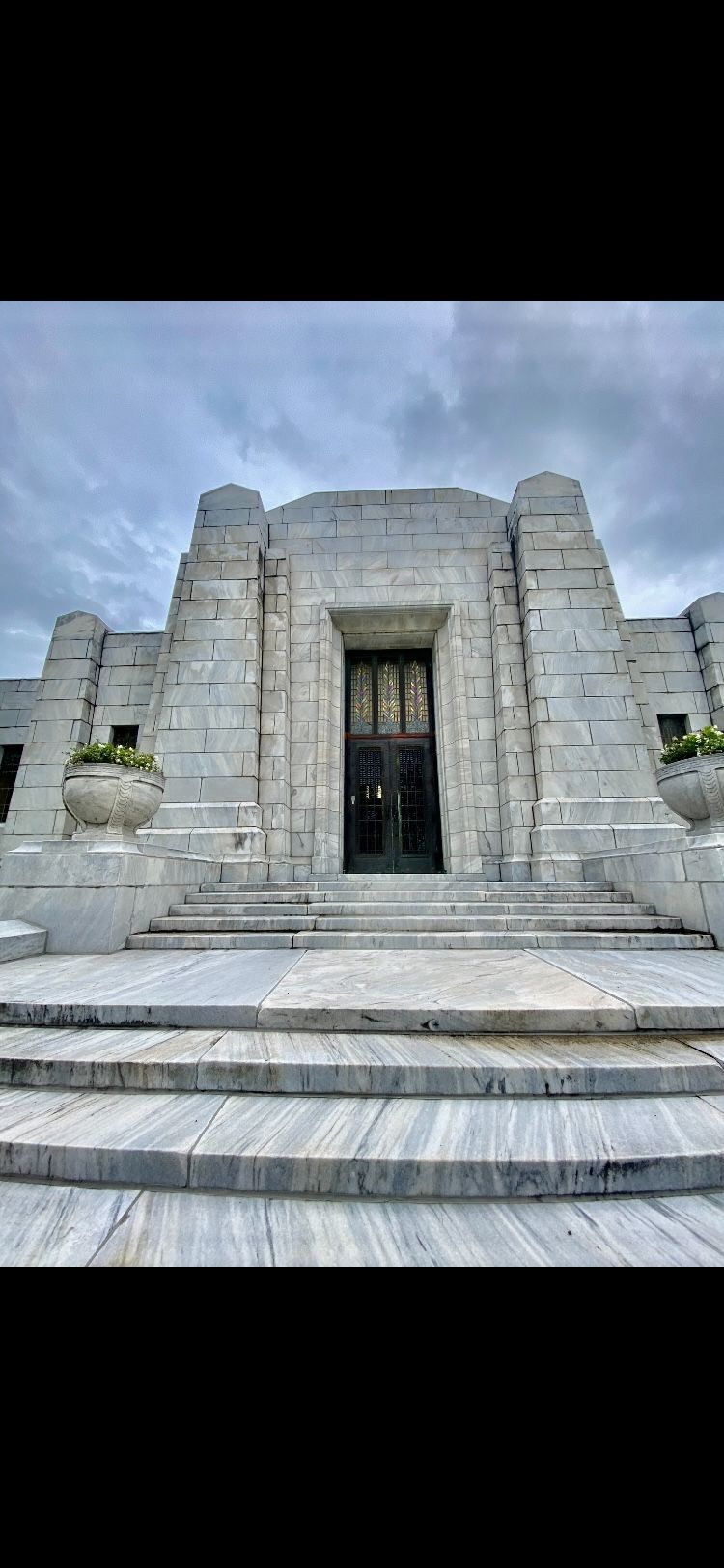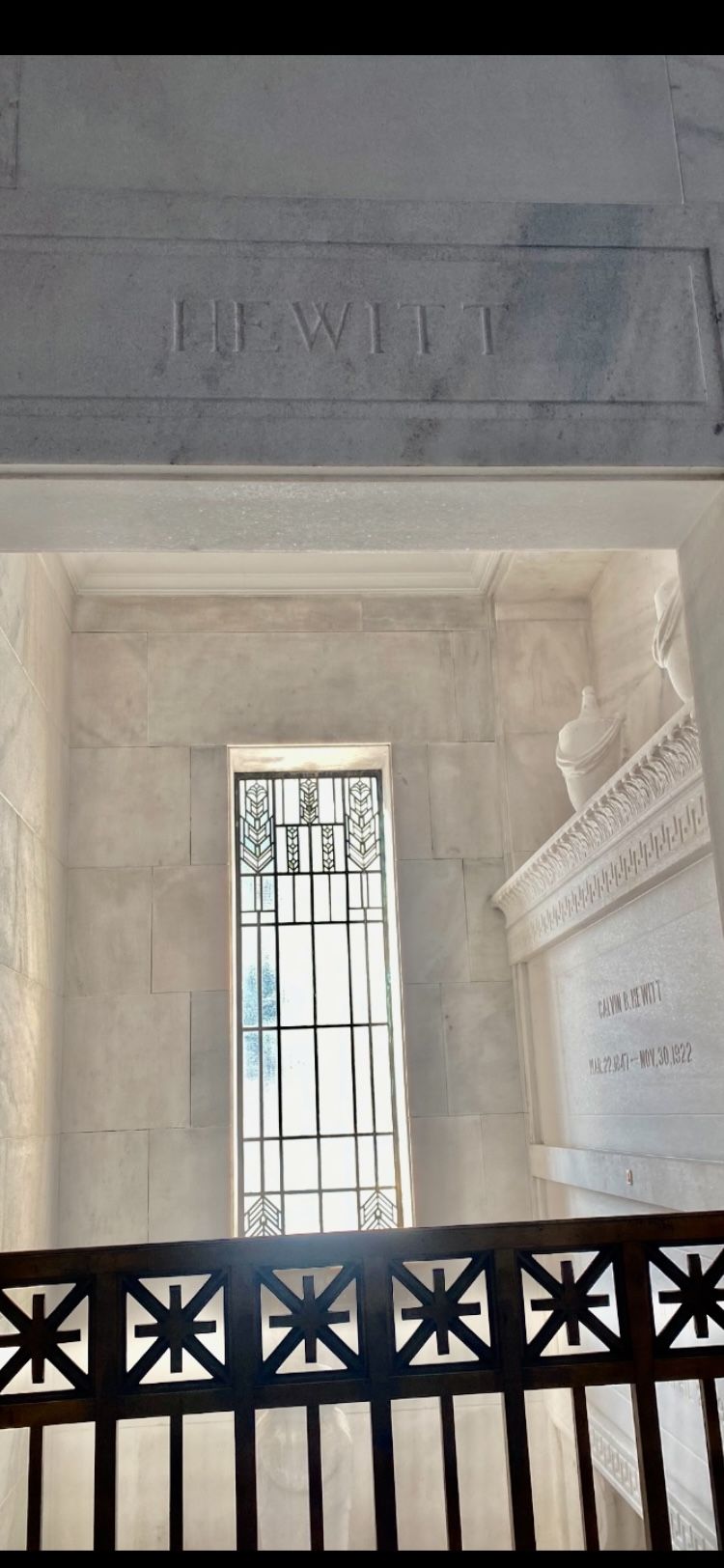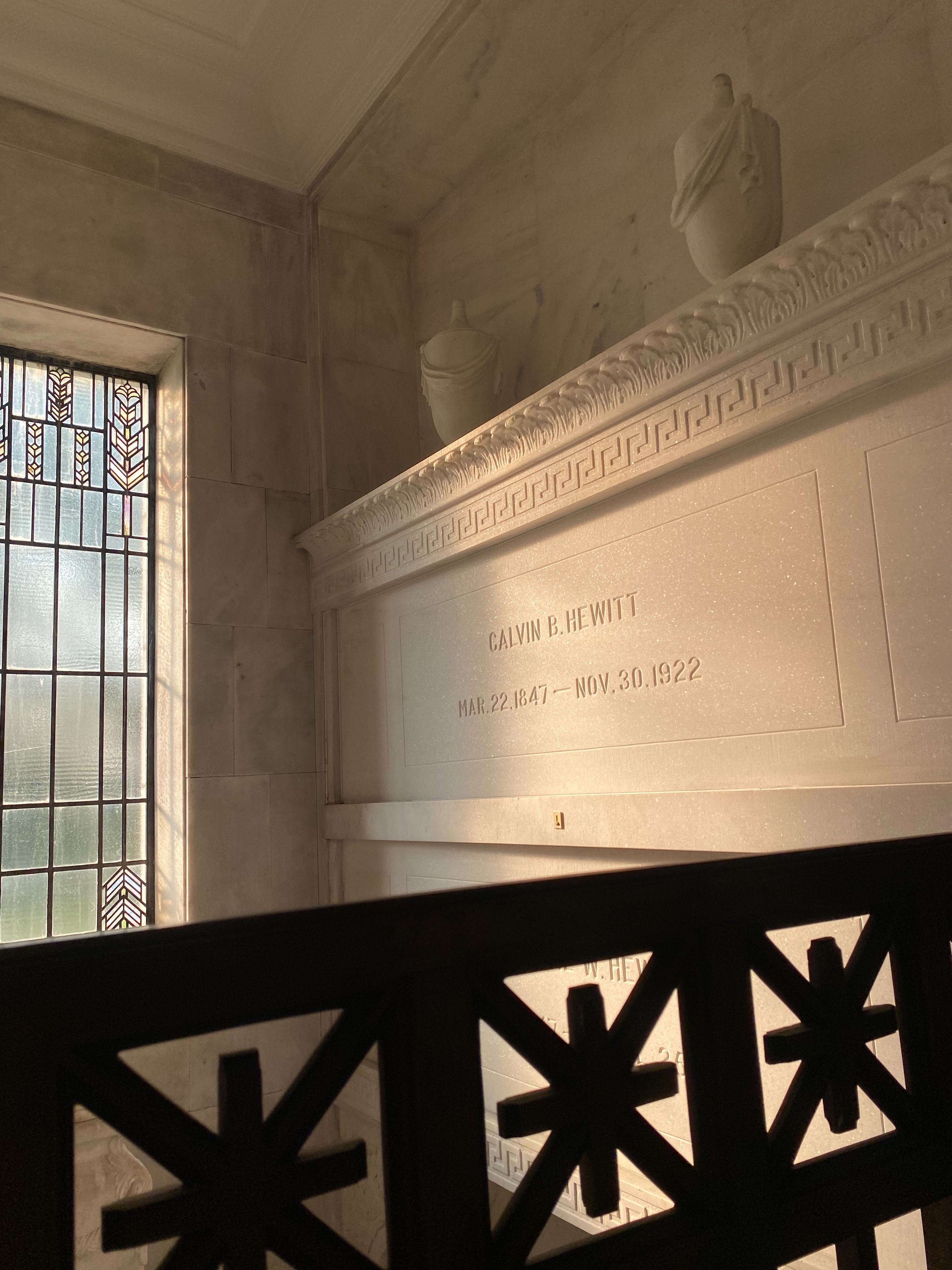Kate W. Hewitt, widow of the former President of the Kansas City Dental College (he was actually President of the Faculty), Dr. Calvin B. Hewitt, offered 147 acres of land to the Methodist Episcopal Church. Located at today's 75th Street and State Line Road on the Missouri side, the Hewitt land was then the site of the Meadow Lake Golf Club. Mrs. Hewitt placed several stipulations on her proposed gift: the establishment and maintenance on the land of an institute of higher learning devoted to Christian education; the campus educational buildings constructed at no less than $500,000*; and a $5,000 yearly annuity for herself. [*According to Consumer Price Index statistics from Historical Statistics of the United States, today's 2009 cost would be $5,709,394.27.]
At a meeting on June 20, 1925, to discuss Hewitt's proposed gift and the future university, representatives of Kansas City's Methodist community determined to form an Organizational Committee and to invite the Chamber of Commerce to "have a substantial representation on the [University's] Board of Trustees." The meeting concluded with a decision to appoint six church representatives, whose names are listed in the minutes, to serve on a committee "chosen to look after the matter of attendance of colored students." No further reference was made to this subject in later minutes or in future documents related to the early establishment of the university.
By the start of 1926, the merged committees had met 22 times and made several major decisions. Minutes from those meetings reveal that committee members repeatedly pressed for two important objectives. One was to establish an institution that would qualify for the "Grade A" level of the North Central Association of Colleges and Secondary Schools. A second goal was to build strong alliances with local educational institutions, possibly forming reciprocally beneficial mergers.
As its first significant action, the combined committees adopted a Charter with 17 provisions and two amendments. A majority of committee members insisted on an amendment stating that no "religious tests shall ever be required as a qualification for any professor, teacher, student, or candidate for degree." A second amendment changed the school's proposed name "from the University of Kansas City to the Lincoln and Lee University of Kansas City." The Charter was granted on Jan. 5, 1926.
The issue of financing the university also occupied much of the planners' meetings, including a decision to hire a team of architects to advise about the campus layout and building design. Plans were also developed for launching a $5-million capital campaign between January and June of 1926.
Confidence ran high. In fact, the Kansas City Western Dental College, founded in 1881, decided in the fall of 1926 to merge with the proposed Lincoln and Lee University. Diplomas, printed with the School of Dentistry, Lincoln and Lee University name, were issued to the College's 1927 graduating dentists.
By early 1928, however, lagging contributions to the capital campaign revealed underlying doubts about the project. Only $800,000 had been raised, and the majority of that money was in pledges. Two other obstacles particularly diminished enthusiasm among potential backers: first, the proposed campus was too far from the city, and second, its mission, as stipulated by the terms of Mrs. Hewitt's bequest, was too sectarian.
Kate W. Hewitt, widow of the former President of the Kansas City Dental College (he was actually President of the Faculty), Dr. Calvin B. Hewitt, offered 147 acres of land to the Methodist Episcopal Church. Located at today's 75th Street and State Line Road on the Missouri side, the Hewitt land was then the site of the Meadow Lake Golf Club. Mrs. Hewitt placed several stipulations on her proposed gift: the establishment and maintenance on the land of an institute of higher learning devoted to Christian education; the campus educational buildings constructed at no less than $500,000*; and a $5,000 yearly annuity for herself. [*According to Consumer Price Index statistics from Historical Statistics of the United States, today's 2009 cost would be $5,709,394.27.]
At a meeting on June 20, 1925, to discuss Hewitt's proposed gift and the future university, representatives of Kansas City's Methodist community determined to form an Organizational Committee and to invite the Chamber of Commerce to "have a substantial representation on the [University's] Board of Trustees." The meeting concluded with a decision to appoint six church representatives, whose names are listed in the minutes, to serve on a committee "chosen to look after the matter of attendance of colored students." No further reference was made to this subject in later minutes or in future documents related to the early establishment of the university.
By the start of 1926, the merged committees had met 22 times and made several major decisions. Minutes from those meetings reveal that committee members repeatedly pressed for two important objectives. One was to establish an institution that would qualify for the "Grade A" level of the North Central Association of Colleges and Secondary Schools. A second goal was to build strong alliances with local educational institutions, possibly forming reciprocally beneficial mergers.
As its first significant action, the combined committees adopted a Charter with 17 provisions and two amendments. A majority of committee members insisted on an amendment stating that no "religious tests shall ever be required as a qualification for any professor, teacher, student, or candidate for degree." A second amendment changed the school's proposed name "from the University of Kansas City to the Lincoln and Lee University of Kansas City." The Charter was granted on Jan. 5, 1926.
The issue of financing the university also occupied much of the planners' meetings, including a decision to hire a team of architects to advise about the campus layout and building design. Plans were also developed for launching a $5-million capital campaign between January and June of 1926.
Confidence ran high. In fact, the Kansas City Western Dental College, founded in 1881, decided in the fall of 1926 to merge with the proposed Lincoln and Lee University. Diplomas, printed with the School of Dentistry, Lincoln and Lee University name, were issued to the College's 1927 graduating dentists.
By early 1928, however, lagging contributions to the capital campaign revealed underlying doubts about the project. Only $800,000 had been raised, and the majority of that money was in pledges. Two other obstacles particularly diminished enthusiasm among potential backers: first, the proposed campus was too far from the city, and second, its mission, as stipulated by the terms of Mrs. Hewitt's bequest, was too sectarian.





